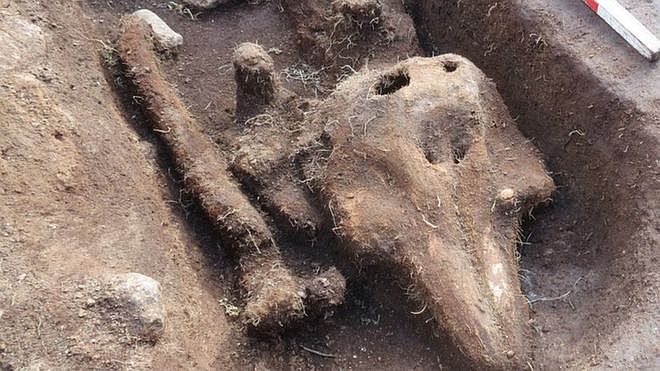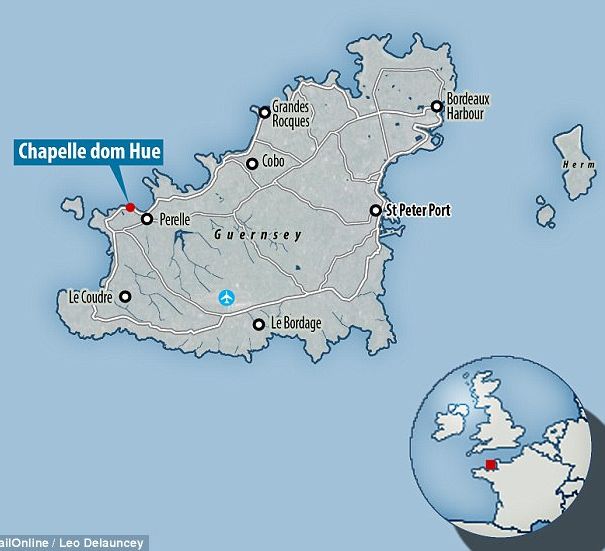Buried 'medieval' porpoise stumps expert
The remains of a porpoise mysteriously buried on a small island have been dated to the medieval period. But experts remain baffled over why the sea creature seems to have been placed in a grave 600 years ago. The porpoise was discovered during a dig on Chapelle Dom Hue, a tiny island off Guernsey's west coast, last year.
It is possible the mammal was butchered and preserved underground, according to the archaeologist who unearthed the animal. Radiocarbon dating by a specialist lab in Florida has suggested the porpoise was buried between 1416 and 1490.
The burial date fitted perfectly with the archaeology of the island, States of Guernsey Archaeologist Dr Philip de Jersey said. However, he acknowledged some uncertainty remained over the exact date, owing to the uniqueness of the heavily decayed find. The porpoise was discovered during an archaeological dig in September 2017 to unearth a building that once stood on the island.
The discovery quickly eclipsed any other finds, and prompted international intrigue as to why the porpoise was buried. Dr de Jersey said he now believed the animal was butchered and placed underground, possibly in a salty brine, to be eaten, rather than being buried whole as a sign of respect by nearby Christian monks - one theory put forward. "We have literary, textual, and historical evidence as well of the consumption of porpoise in the medieval period, and in fact specifically in Guernsey in the 13th and 14th Century," he said.
A definitive answer as to why the porpoise was buried may, however, never be unearthed.
Dr de Jersey said "I suspect we won't find out."
https://www.bbc.com/news/world-europe-guernsey-46037369?intlink_from_url=https://www.bbc.com/news/topics/c1038wnxyy0t/archaeology&link_location=live-reporting-story



